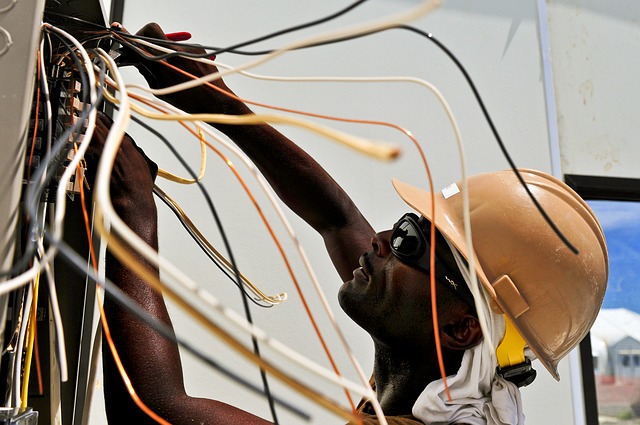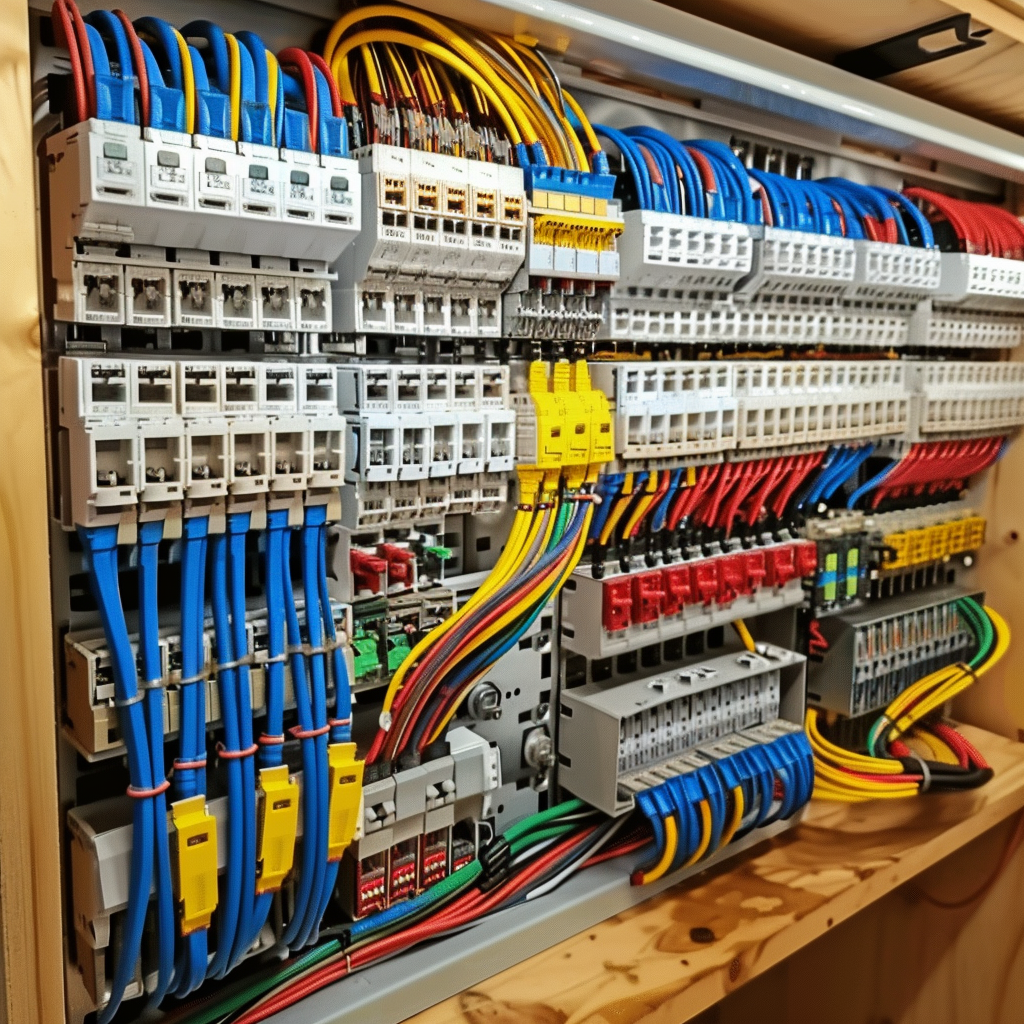Depend On BRE Electrical Melbourne for High-Quality Electrical Services
Depend On BRE Electrical Melbourne for High-Quality Electrical Services
Blog Article
Demystifying Electrical Setup: Understanding Codes and Regulations for a Lawful and Safe Configuration
In the world of electric installation, adherence to codes and guidelines is paramount to ensure both validity and safety. The journey to demystifying electric installment goes beyond plain experience with regulations; it demands a profound grasp of just how to execute secure electric methods successfully.
Significance of Electrical Codes
The adherence to electrical codes is crucial in making certain the safety and security and integrity of electric installations. Electrical codes function as a set of requirements and guidelines that determine the proper design, setup, and upkeep of electrical systems. These codes are developed to minimize the danger of electric risks, fires, and other security worries that may emerge from malfunctioning electric job.

Moreover, electric codes are on a regular basis upgraded to integrate new innovations, best methods, and security steps. Staying upgraded with these codes is crucial for professionals in the electrical market to ensure that their work satisfies the current safety and security criteria. Ultimately, the importance of electric codes lies in creating a safe and secure and efficient electric framework that benefits both people and neighborhoods.
Key Laws for Security
A number of essential guidelines regulate the safety and security requirements in electrical setups. One essential regulation is the National Electric Code (NEC), which gives standards for secure electric layout, setup, and inspection to shield individuals and property from electrical hazards. The NEC covers aspects such as wiring techniques, grounding, overcurrent security, and equipment installment to make sure a risk-free electrical system.
An additional critical law is the Occupational Security and Wellness Management (OSHA) requirements, which concentrate on the safety and security of workers associated with electric installations (BRE Automation Australia). OSHA regulations consist of needs for proper training, security treatments, and individual safety tools to stop work environment mishaps and injuries
Moreover, the International Electrotechnical Compensation (IEC) requirements aim to harmonize electric setup policies on a global range. These requirements address issues like electric devices safety, electro-magnetic compatibility, and power performance to advertise uniformity and safety and security in electric installations worldwide.
Conformity with these essential regulations is important to make sure the security and validity of electrical installments, securing both people and residential property from the threats related to electricity.
Recognizing National Electric Code
Key laws such as the National Electrical Code (NEC) give vital standards for safe electric design, installment, and assessment to ensure the security of people and residential property from electric risks. The NEC, additionally known as NFPA 70, is a thorough set of requirements for electric installations that are updated every three years. It is developed by the National Fire Defense Association (NFPA) and is widely adopted throughout the United States.
The NEC covers various elements of electric work, consisting of circuitry approaches, grounding, overcurrent defense, and equipment installation. It intends to safeguard individuals and residential property by resolving prospective risks connected with electric systems. Compliance with the NEC is commonly imposed by local authorities having territory (AHJs), such as building code officials and assessors.
Recognizing the NEC is vital for electric service providers, designers, and examiners to make sure that setups fulfill the required security demands. By sticking to the NEC guidelines, experts can assist avoid electric mishaps and make sure the dependability of electrical systems you could try this out in household, commercial, and industrial setups.

Conformity With Local Building Regulations
Comprehending and sticking to neighborhood structure codes is vital for making certain the safety and compliance of electrical setups within a details jurisdiction. These codes detail imp source details requirements for electrical installations, such as the type of electrical wiring to be made use of, placement of electrical outlets, grounding techniques, and tons abilities.
When it comes to electrical installments, failure to abide with neighborhood structure codes can result in major repercussions. Non-compliant installments may pose security dangers, raise the threat of electrical fires, and lead to costly penalties or legal concerns.
Making Sure Safe Electrical Practices
Exercising stringent adherence to established safety methods is critical in the area of electrical installations to mitigate possible threats and make sure the health of people and buildings. Security in electrical job incorporates different aspects, beginning with the appropriate training of personnel entailed in setup, maintenance, and fixing. By focusing on safe techniques, electrical setups can function effectively while lessening the possibility of accidents or damages.
Conclusion
To conclude, adherence to electrical codes and regulations navigate here is vital for guaranteeing the safety and legitimacy of electrical setups. Understanding the National Electric Code and compliance with neighborhood building regulations are essential for a risk-free setup. By complying with these guidelines and practicing secure electrical techniques, individuals can stop possible hazards and ensure the appropriate performance of their electrical systems.
Report this page